June 20, 2012
For a buyer, the ideal situation is one in which a manufacturer has one hero SKU with a strong sales history. But in addition, that manufacturer would ideally have a line of other products in the pipeline ready to ship once a buyer agrees to add new SKUs of your brand.
One product is enough for the short term, but to build longevity with a retailer, you will need to offer a line of products that can make a strong brand statement at shelf.
This is an extreme case. But take the laundry detergent aisle as one example. Detergents are brand blocked as far as the eye can see. Tide, All, Gain are all merchandised in clear, vertical statements.
And while Tide has enough volume to warrant 4 facings of the same SKU, you will not at the beginning. And building a brand block will require multiple SKUs of single facings. But keep in mind, a buyer will not just accept any additional product you send his/her way. Each new product launch has to build incremental sales (not cannibalize current sales) and offer unique benefits.
Also, as a buyer you work with many vendors. For example, if I have 100 products on my shelf, I rather work with 4 vendors who can supply me with 25 products each, as opposed to 100 vendors who supply me with 1 product each. 4 vendors versus 100 vendors – which workload would you choose? So for cost and time efficiency, buyers prefer working with fewer vendors with a robust line of proven sellers.
As you begin your retail distribution growth, I believe you should focus your efforts on just one item. It's OK if that one item has different variation (colors, patterns, fragrances). But when you are bootstrapping, the last thing you want to do is spread your effort and resources across multiple products. Having one SKU allows you to focus your retail pitch on the story of one item - and how awesome it is. Imagine trying to tell that story for multiple products in the short time a buyer will give you. Keep your Retail Story single-minded and focused on the sales potential of one given item. If you have multiple items, pick your #1 selling SKU to weave your Retail Story around. A retail buyer, with their fragmented attention, will find it more easy to follow your retail pitch and will understand your business opportunity more easily. Plus you'll find it easier for yourself to pitch just one product, too! Just make sure to let them know at the end that you have more products in your pipeline - so that they know there is potential of you being a long term and efficient vendor.
Readers, what kinds of decisions do you struggle with as you think about how to grow your line?
